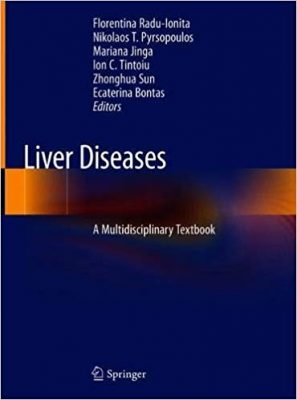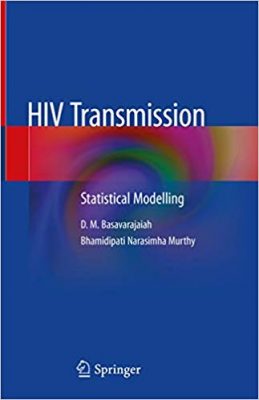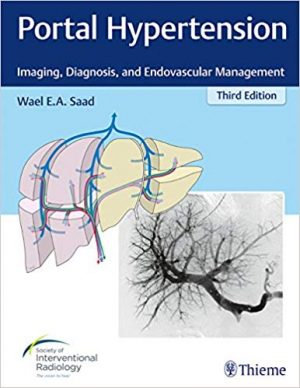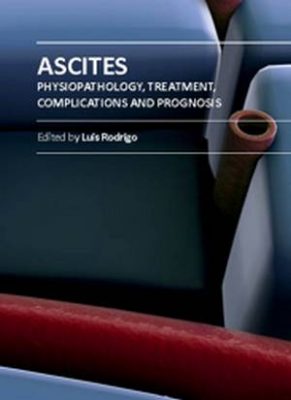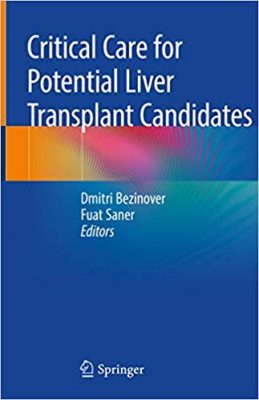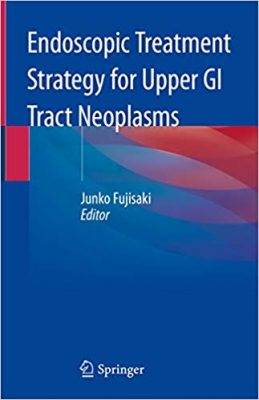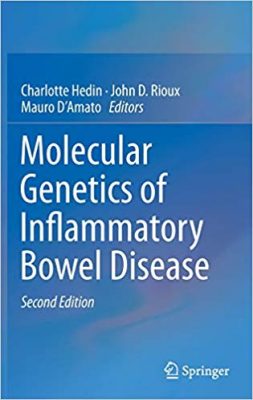Liver Transplantation and Hepatobiliary Surgery: Interplay of Technical and Theoretical Aspects
Liver Transplantation and Hepatobiliary Surgery: Interplay of Technical and Theoretical Aspects

Liver Transplantation and Hepatobiliary Surgery
In the past, liver resections and liver transplantations were performed by different surgical teams, with very little interplay between the two. However, the evolution toward more complex operations called for an increasingly intense interaction between these surgical techniques: split liver and living donor liver transplantation have become popular in the transplant community, utilizing the Coinaud segmental anatomy in a very sophisticated way, while portal and arterial resection and reconstruction have become indispensable methods for treating Klatskin tumors infiltrating the hepatic hilum. This book offers a complete overview of the connections between liver transplantation and hepatobiliary surgery. It focuses on ex situ techniques for resection of tumors at the suprahepatic confluence, with or without venous reconstruction, and on total vascular exclusion of the liver with the aid of a venovenous bypass that should be a surgical option for referral centers in hepatopancreatobiliary surgery. By taking into consideration the development of minimally invasive liver surgery, it will introduce readers to a variety of new perspectives such as: vascular exclusion techniques with or without extracorporeal circulation, hemodynamic implications and lessons learned from liver transplant surgery, and technical details on pediatric transplantation and its informative role in modern biliary tract surgery.
DOWNLOAD THIS BOOK


